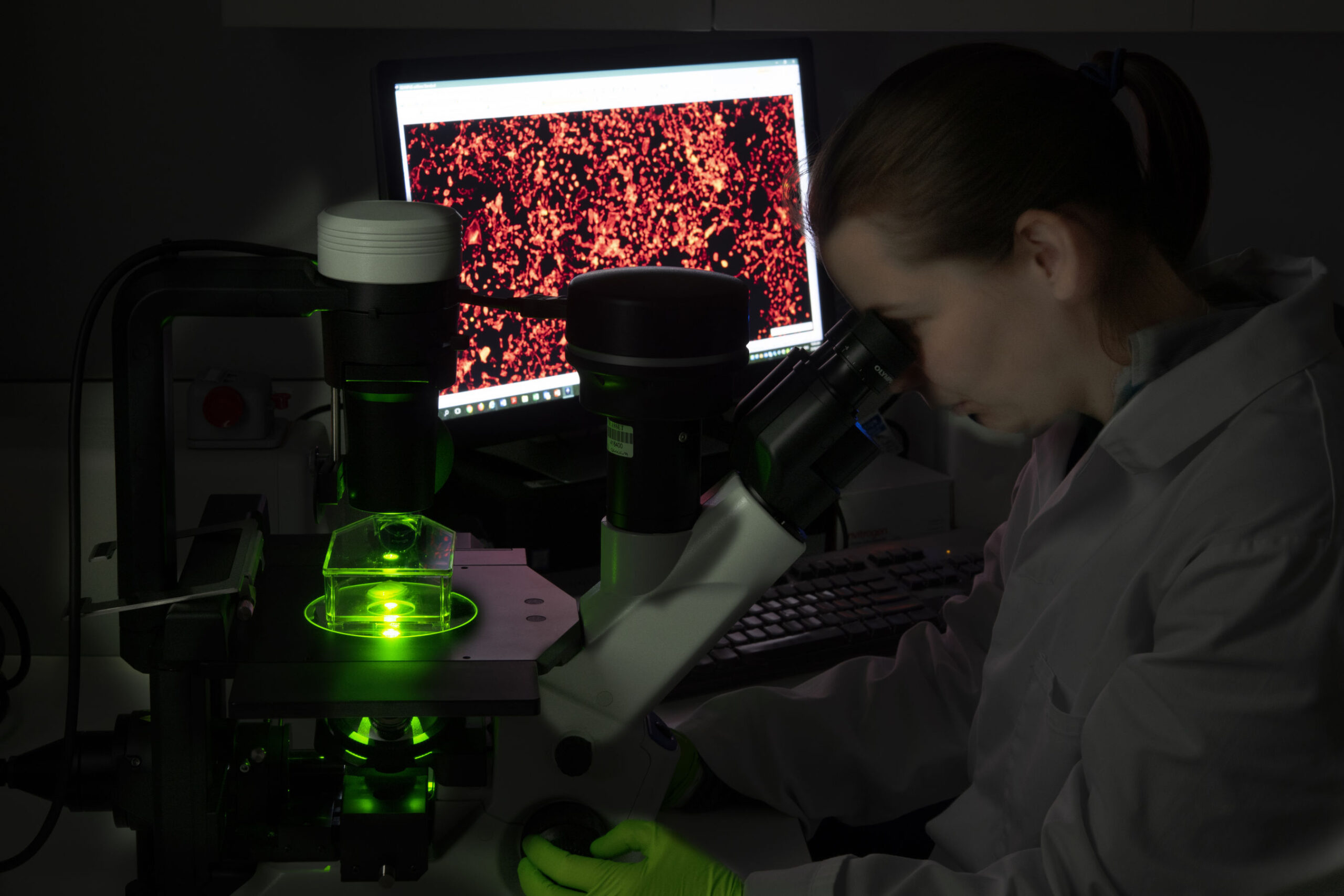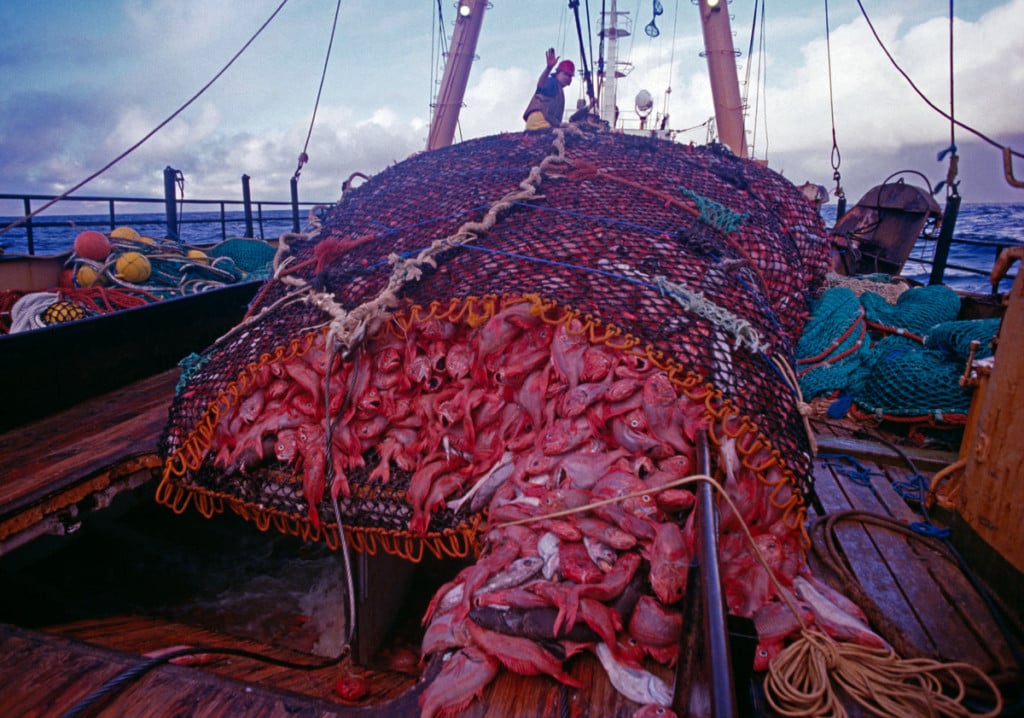4 Mins Read
In New Zealand, the government has poured NZ$9.6M ($5.95M) into a five-year programme to develop cultivated fish products.
A five-year, government-backed scheme is aiming to develop new fish cell production systems for cultivated seafood products in New Zealand.
The new Endeavour Fund programme is backed by a NZ$9.6M ($5.95M) grant from the central government, allowing Plant & Food Research to create novel seafood products in a local context.
Plant & Food Research is a state-owned research agency focused on futureproofing and enhancing the value of the horticulture, agriculture, fish, food and beverage industries. It noted that cultivated seafood could help New Zealand meet the global demand for more sustainable seafood and marine products (like collagen).
The project will also examine the social and cultural aspects linked with New Zealand’s acceptance of cultivated fish, including Māori perspectives and concerns with respect to taonga species (those that are significant to Māori culture, such as tuna, crayfish and mussels).
Researchers hope to create cultivated fish and collagen

Plant & Food Research aims to “fundamentally change the way” cultivated fish cells are utilised to accelerate the industry’s progress, unlock new applications, and place New Zealand at the “technological forefront in cell line development and media formulation”.
The project will be led by Dr Georgina Dowd, the agency’s cellular aquaculture research lead. “There are so many applications for cell lines,” she said in 2022. “Preventing and monitoring disease is probably the biggest.”
She added: “It’s only a matter of time before one of the detrimental OIE (World Organisation for Animal Health)-notifiable diseases arrives here and impacts our seafood industry. Unless we put systems and pipelines in place, we are really at risk.”
The research agency says cells must be viable and healthy, and multiply rapidly and in large numbers, while media must be defined, animal-free and sustainably produced. Existing fish cell lines and media, it argues, don’t meet these requirements.
While several companies are working on cultivated seafood – from Singapore’s Umami Bioworks to Germany’s Bluu Seafood – nobody has been able to commercialise it yet, a marker of the “unstable foundations” of seafood cellular agriculture and the technology’s lack of commercial viability, according to Plant & Food Research.
With the millions it has received from the government, Dowd’s team hopes to expand the knowledge around fish cell cultures and generate an in-depth understanding of their nutritional needs, leading to enhanced isolation and proliferation. Once the optimal culture requirements have been identified, it can develop natural nutrient sources for two applications: cultivated fish and cell-based collagen.
“It would be great if others could use continuous fish cell lines developed at Plant & Food Research as part of a fish health management strategy that doesn’t involve using whole animals,” Dowd said two years ago. “Or if our cell lines could be used to create lab-grown fish products for human consumption. They could help support a low-impact industry to share our kaimoana with the world.”
Why New Zealand’s seafood sector needs an overhaul

The Plant & Food Research grant is part of the Endeavour Fund, an initiative by the Ministry of Business, Innovation and Employment that has poured in NZ$236M ($146M) this year alone in 19 research programmes and 53 Smart Ideas, which aim to catalyse and test high-potential research innovations.
This included four Smart Idea projects from Plant & Food Research. One is focusing on developing methods for examining soil vulnerability to support sustainable soil management practices, another is looking into the microbiome of vineyards to control grapevine trunk diseases.
Yet another is centred upon investigating if silvervine compounds (a kiwi fruit species) can be used to control feral cat populations. And finally, one of these Smart Idea projects is aimed at developing an epigenetic clock to support the sustainable management of pāua (sea snails) fisheries.
New Zealand’s aquaculture industry is hoping to quadruple sales by 2035, but climate change and rising sea temperatures could result in the loss of millions for the sector. Experts suggest that the impact of overfishing on the country’s fishing trade has been understated.
Just last year, the country’s bottom-trawling industry came under fire after a government-commissioned report focused on the seabed around Aotearoa named the practice one of the biggest threats to releasing carbon from the seabed back into ocean waters. Concerns over stock management also led Seafood NZ to suspend the Marine Stewardship Council certification for orange roughy, blocking exports of the fish to most parts of Europe and North America.
Consumers recognise the impact of climate change on the fishing industry, and vice-versa. A recent 22,000-person global survey found that 30% of people have been eating less seafood in the last two years, with nearly half (48%) concerned about overfishing and 35% worried about climate change impacts.
Over 80% of people have changed their dietary habits in this period, and 43% are doing so for sustainability reasons, highlighting the importance of investments in projects like Plant & Food Research is undertaking.
It’s also an untapped market in New Zealand – only one local company (Opo Bio) is working on cultivated meat, but it focuses on red meat. That said, New Zealanders may be about to get a first taste of cultivated meat, with Australian startup Vow on the verge of receiving clearance from the countries’ joint regulator.



